Space Discoveries in 2023: The 8 Most Exhilarating & Groundbreaking
29th Dec 2023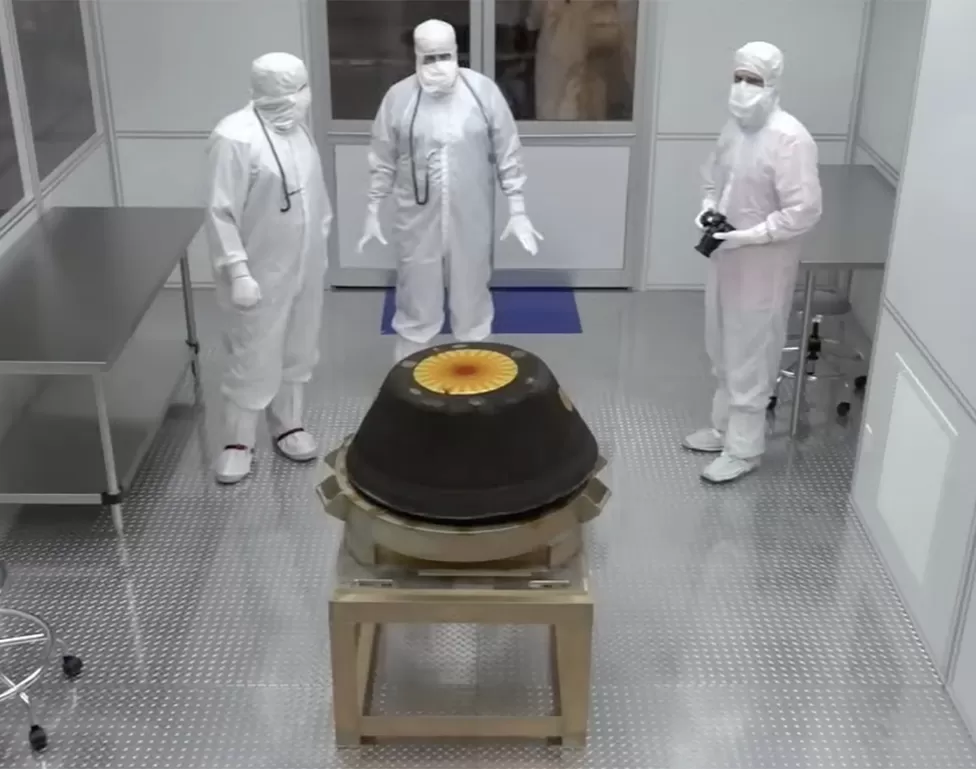
As the year 2023 draws to a close, it’s time to look back and marvel at the astronomical wonders that have been unveiled. Let’s embark on a journey through the cosmos, revisiting eight of the most significant space discoveries that have shaped our understanding of the universe.
1. OSIRIS-REx successfully returned a sample of asteroid Bennu to Earth
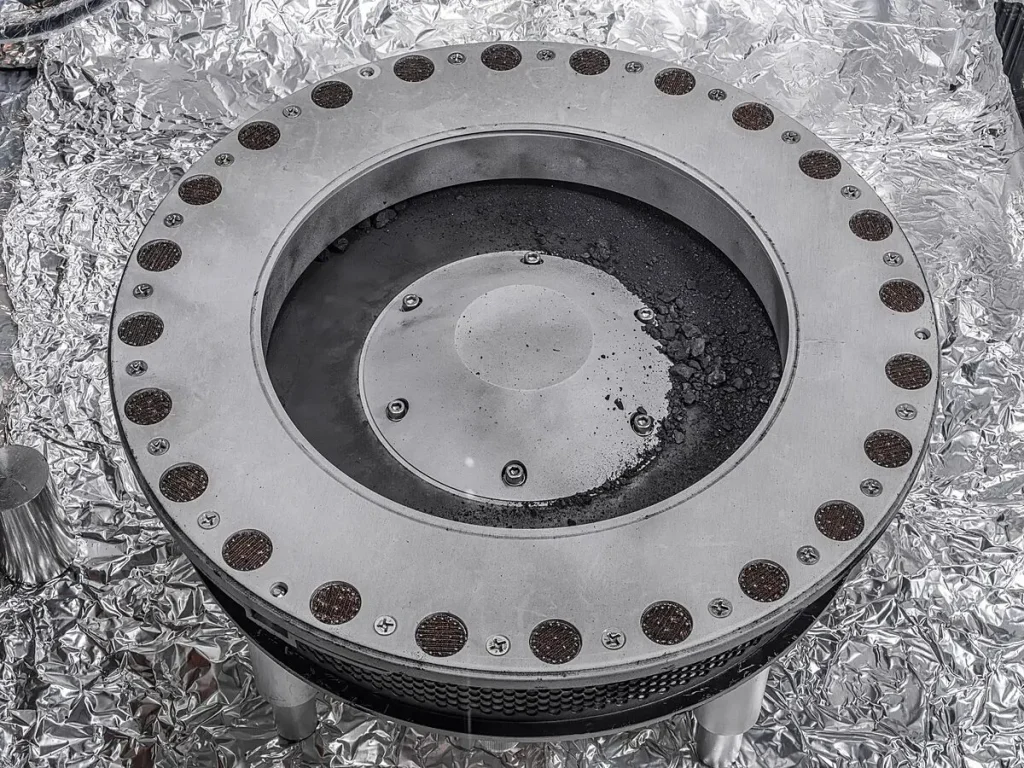
The NASA spacecraft delivered a sample of asteroid Bennu to Earth in September, completing a seven-year mission that spanned 7.1 billion kilometers (4.4 billion miles). In one of the year’s top space discoveries, scientists have found evidence of both carbon and water in the initial analysis of this material.
2. Background gravitational waves
Until now, gravitational waves have been understood to have emerged primarily from the collision of stellar mass black holes, a relatively uncommon occurrence. However, these waves are expected to constantly reach Earth from an extensive network of merging supermassive black holes, creating a continuous gravitational background—a concept suggested by the existence of millisecond pulsars. Despite their faintness, these signals were successfully identified by precisely timing millisecond signals. The breakthrough came on 28th June when scientists from various nations confirmed their achievement. At Orbital Today, we love roaring rockets, of course, but we’re also fascinated by space discoveries that take a discerning (radio) ear!
3. Asteroid Dinkinesh
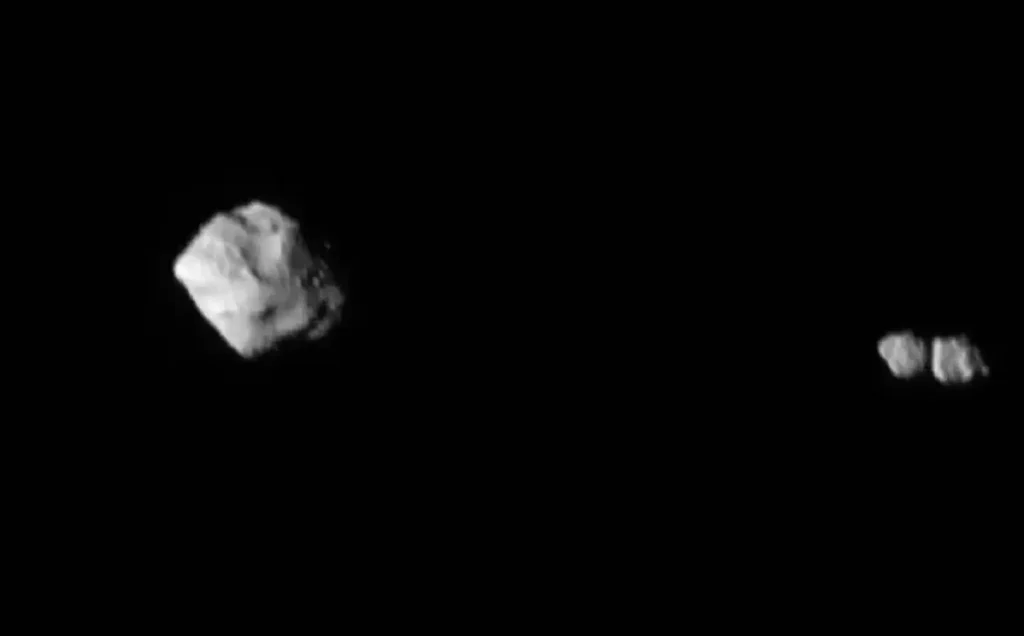
1st November marked a pivotal moment for the Lucy probe en route to Jupiter’s Trojan asteroids. During its close flyby of the Main Belt object named Dinkinesh, researchers were taken aback to discover that what they initially perceived as a solitary celestial rock was, in fact, a duo of gravitationally bound entities. The larger of the pair measures 790 meters, while its smaller counterpart spans 220 meters.
The Lucy probe’s L’LORRI (Long-Range Reconnaissance Imager) camera unveiled a previously unseen aspect: the satellite appeared to be a contact-double system, a revelation marking the first instance of such a system documented orbiting an asteroid. This groundbreaking insight was captured in images from NASA/Goddard.
However, the astonishment didn’t end there. On 7th November, scientists revealed an even more surprising revelation: the smaller of the two space rocks was not a single body but part of a contact-double system itself. This extraordinary configuration involves two substantial rocks in contact with each other, jointly revolving around a third entity.
4. The year 2023 set several temperature records
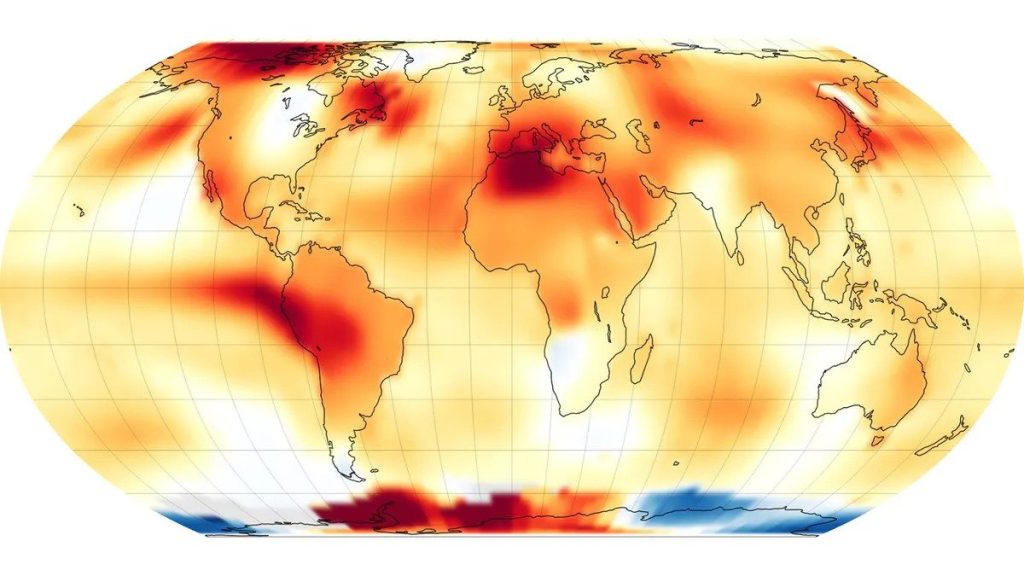
As of the time of writing this article, 2023 hasn’t drawn to a close yet, and meteorologists worldwide are vigilantly monitoring the weather patterns. It’s premature to definitively label this planetary orbit around the Sun as the hottest in recorded history, although such an assertion may surface in the forthcoming weeks.
However, undeniable milestones in heat have already marked 2023. 5th July etched itself into the annals as the hottest day ever recorded, with an average temperature soaring to 17.01°C. Subsequently, the entire month of July clinched the title of the hottest month in history, further compounded by a record-breaking high in Earth’s ocean temperatures. Culminating this pattern, the entirety of the summer of 2023 etched itself into history as the hottest on record. These striking temperature shifts underscore the stark reality of our planet’s changing climate, heralding concerning implications.
5. JWST Identified Heavy Elements in Distant Gas Giant’s Atmosphere
During an earlier part of the year, the James Webb Space Telescope (JWST) conducted observations that solidified the existence of heavy elements—specifically carbon and oxygen—in the atmosphere of the distant exoplanet HD149026b, often referred to as Smertrios.
This revelation startled astronomers, given that gas giants within our solar system, like Jupiter and Saturn, typically harbor primarily hydrogen and helium in their atmospheres. The conventional belief holds that larger planets possess fewer heavy elements in their atmospheric makeup. However, this discovery challenged this established notion, flipping the understanding of planetary atmospheres on its head.
6. Psyche mission successfully launches
NASA’s Psyche spacecraft has begun its journey to a metal asteroid.
The space mission successfully blasted off from NASA’s Kennedy Space Center in Florida on 13th October at 10:19 a.m. EDT (14:19 UTC). Heavy clouds at the launch site hampered views of a SpaceX Falcon Heavy rocket carrying Psyche into Earth orbit. After a 45-minute coast above the planet, a final engine burn pushed Psyche away from Earth, putting it on course for the main asteroid belt.
Psyche will journey through interplanetary space for six years to reach the same-name asteroid Psyche in 2029. Asteroid Psyche may be the exposed core of a planetesimal, a planetary building block used in the formation of planets and other worlds.
7. JWST Captures wide view of Uranus
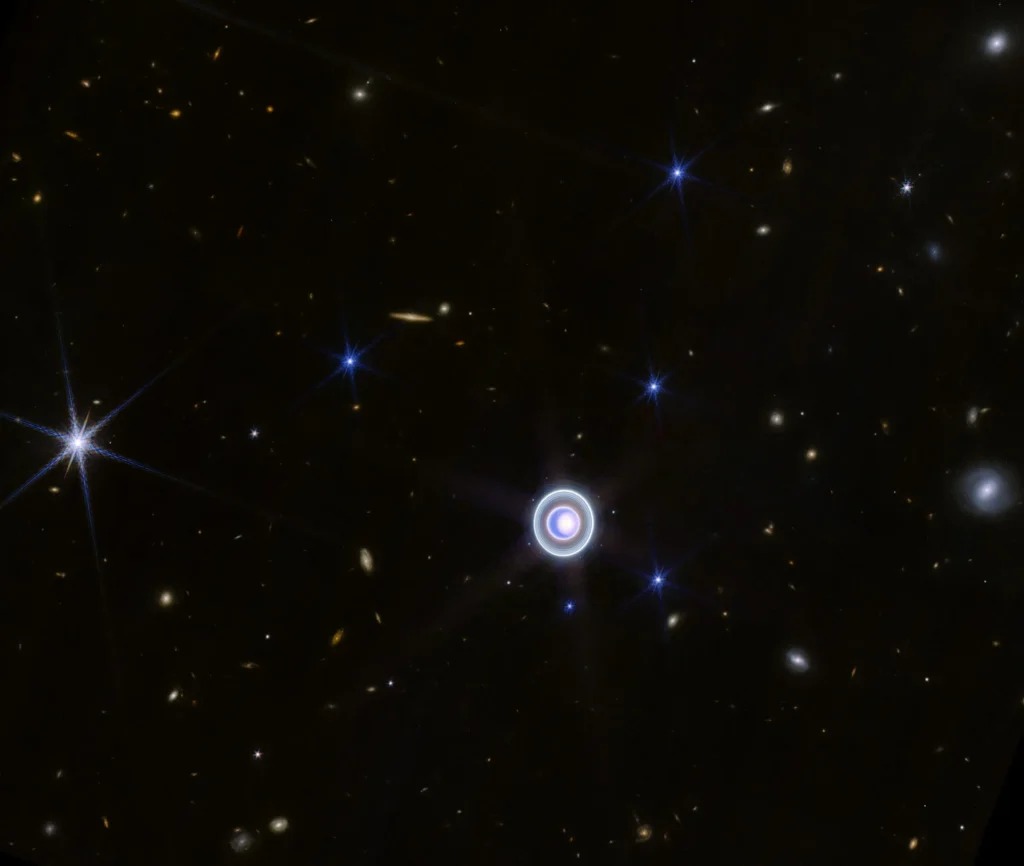
Encircled by glowing rings and a smattering of moons, Uranus appears regal in a new image from the James Webb Space Telescope.
While previous images of the planet, taken in visible light by NASA’s Voyager 2 probe, showed it as a uniformly blue orb, Webb’s infrared view captures its dynamic nature. It even reveals more detail than the observatory’s last image of Uranus, released in April. On view in the new image are storms, rings, moons and a gleaming polar ice cap.
8. A new island was born in the Pacific Ocean

Despite the string of negative news, a silver lining emerged—the birth of a new island in the Pacific Ocean. The genesis occurred in late October, initiated by an underwater eruption off the coast of Iwo Jima. On 3rd November, the Landsat-9 satellite captured an image of the fledgling landmass, then stretching hundreds of meters in length. Space discoveries are going where only ship-bound explorers had gone before!
The exploration of this new-found island didn’t culminate there. With advancements in satellite technology, scientists delved deeper into studying the formation of the newborn landmass, christened Niijima. They meticulously observed its evolution not just from surface vantage points but also from the vantage of orbit, unraveling intricate details of its genesis.
As the calendar pages of 2023 flutter towards their end, a look back at the space discoveries of the year paints a picture of groundbreaking revelations. It’s been a year where the stars have shared their secrets, and the cosmos has unfurled its mysteries, captured in the lens of human understanding. Here’s to the unending journey of exploration and the many space discoveries that await us in 2024!
![Best Astrophotos Collection: Milky Way, Soul Nebula, Cygnus Constellation [26 April – 3 May] Best Astrophotos Collection: Milky Way, Soul Nebula, Cygnus Constellation [26 April – 3 May]](https://orbitaltoday.com/wp-content/uploads/2024/05/Pink-Lagoon-Nebula-1-300x215.jpg)
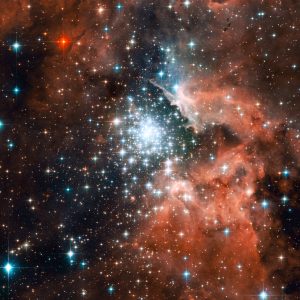




Thank you for your comment! It will be visible on the site after moderation.